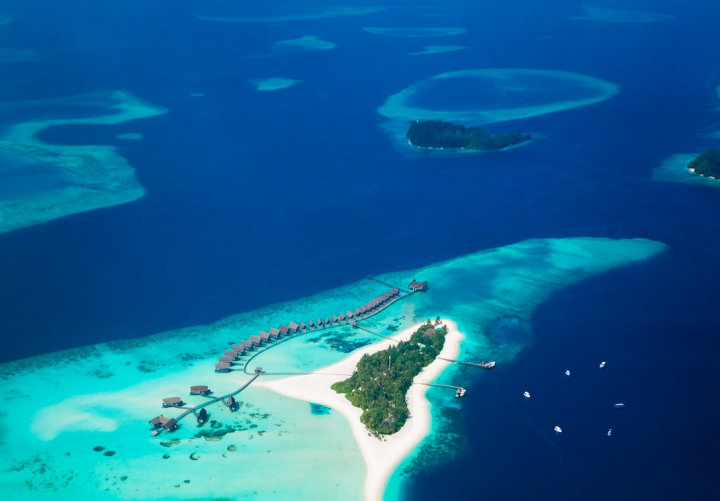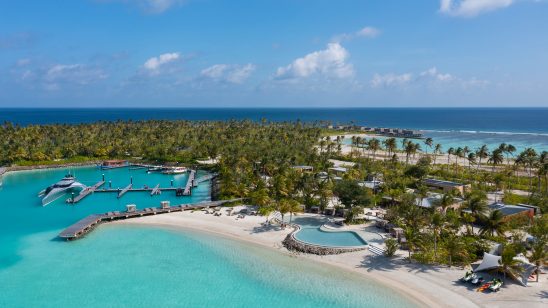
Boundary Extension and Adjustment Under New Resort Boundary Regulations
The Ministry of Tourism launched a new set of Boundary Regulations on 14 March 2023. The regulations operate to repeal and replace the set of regulations earlier known as Boundary Regulations 2012, including all amendments brought to them. The regulations largely speak of the same subject matter, but some new provisions are introduced and others are revised. All boundary matters are now guided by these regulations in effect. The official citation is 2023/R-90.
The scope of application of the new boundary regulations is extended to include tourist resorts, integrated tourist resorts, tourist hotels, resort hotels and yacht marinas. Every reference in the Regulations to a ‘tourist resort’ is to include a reference to tourist hotels, tourist guesthouses, and yacht marinas.
Demarcation of boundary
The general principle is to grant a boundary of 500 meters measured from the dry land at mean tide. If the boundary of an island is specified in the lease agreement of that island, the boundary for that island will be that which is mentioned in the lease agreement.
Boundary extension
If the lessee is interested in extending the boundary of the island, the boundary can be extended up to 1000 meters. Even then, the boundary cannot exceed the outer reef of that island.
The island must have at least 500 meters of boundary from the mean tide to the outer reef. Any extension will attract a fee of US$100,000.00 for 500 meters. The lease agreement must be amended to restate the boundary.
Where any rooms or allied facilities are already built (with MOT approval) but outside the boundary applicable to the island under these regulations, the revised boundary for those islands will be extended to include 50 meters from the footprint of the rooms or allied facilities.
Exemptions to boundary demarcation
Whatever is said above, the boundary will be determined as provided below in the following circumstances:
- where an island given for tourism development has a boundary that interacts with the territory of an inhabited island, the boundary of that tourism island will cease at the point where territory of that inhabited island begins;
- where an island is designated for tourism development in a lagoon where there already exists an uninhabited island or tourist resort and the distance between these two islands is less than 1000 meters, the boundary will be the midpoint between the two islands;
- where the boundary of a tourism island is to be determined under these regulations while there exists in the same lagoon another tourist resort whose boundary is already specified in its lease agreement, the boundary for the new tourism island will be adjusted to begin from the end of the boundary marked in the tourist resort’s lease agreement; and
- where the boundary determined under these regulations interacts with the boundary determined by a law, the boundary determined under these Regulations will be adjusted to begin from the end of the boundary determined by law (except where the lease agreement specifies the boundary of the island).
Boundary adjustments
In the event of reclamation of an island, the boundary of the island will be as determinable from MOT records prior to reclamation or if those records are of no help, it would be according to these regulations in consultation with the Land Survey Authority.
Any accretions to the island, whether natural or otherwise, shall be registered with the MOT and they have the discretion to allow that to be included within the land area of the resort. However, this may increase the land rent payable in respect of the land.
The maintenance of the lagoon area within the boundary of an island is the responsibility of the lessee.
Even if dredging is required to ease access to the island, it may only be done with prior approval of MOT and other relevant government agencies.
Where any new island is leased without specifying the boundary, these regulations require the boundary for that island to be determined within 1 year of the lease.
Any violation under the Regulations may attract a fine not exceeding MVR100,000/- per breach.
—
Read more about the Updated Boundary Regulations
Version of the article originally published on Nasheeds Commercial Lawyers
Featured Image: Unsplash





